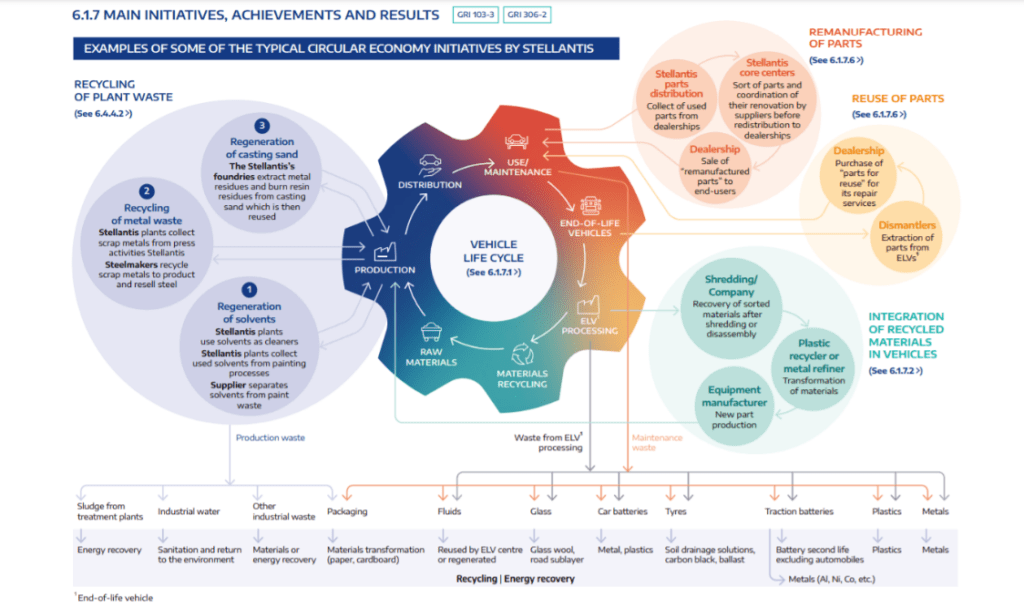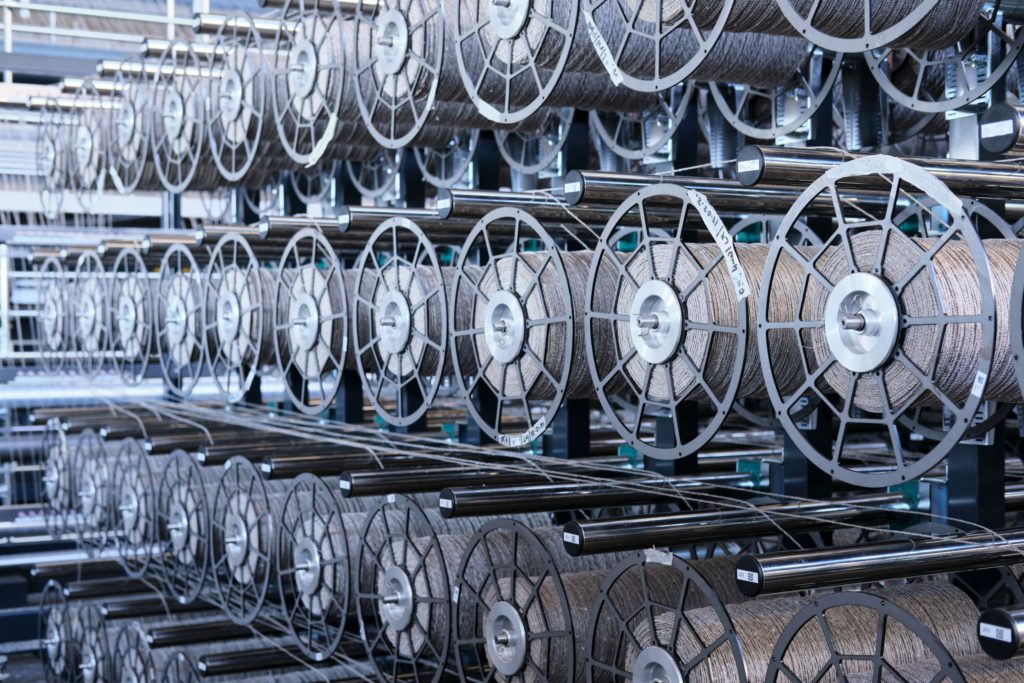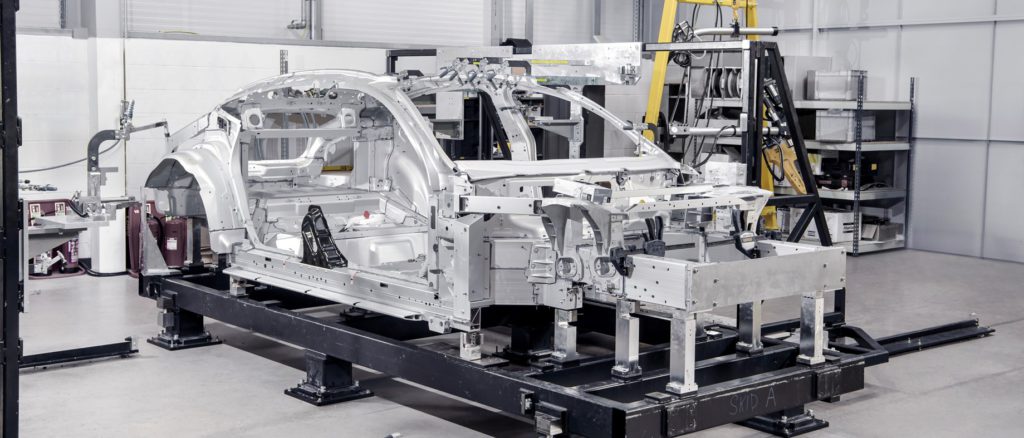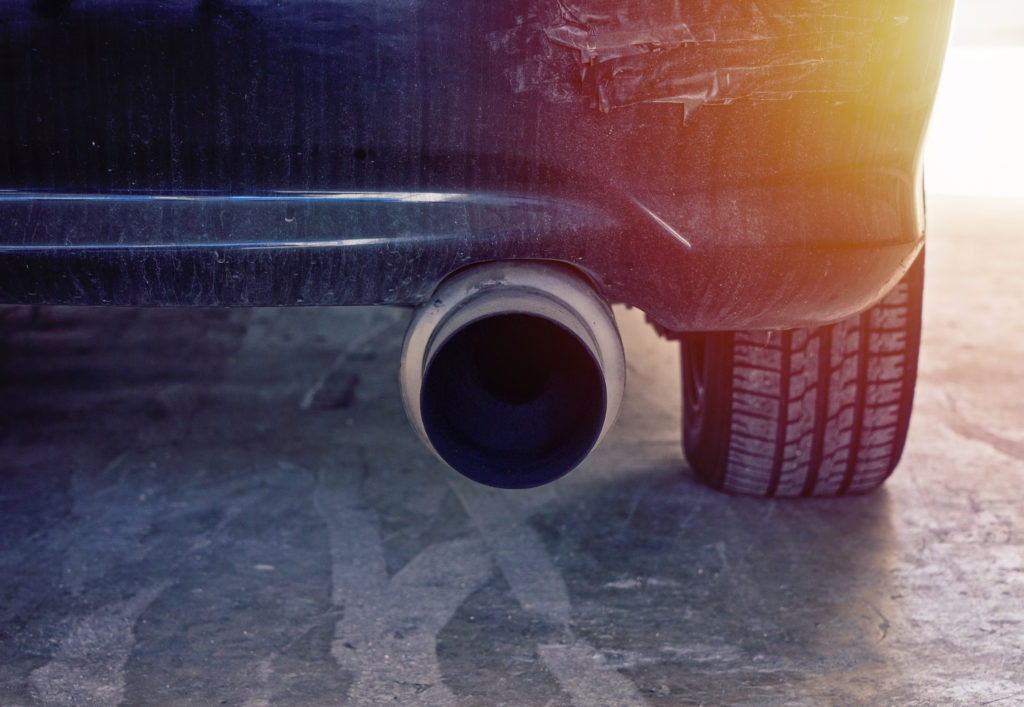Stellantis publishes first corporate social responsibility report
11 April 2022

Car giant Stellantis has published its first Corporate Social Responsibility (CSR) report, just one year after the 14-brand company was formed. The report, a 366-page document, details the manufacturer’s CSR performance in 2021 and outlines a sustainability roadmap, which includes goals to reach net-zero carbon emissions by 2038.
The document shows Stellantis’ climate-related objectives on industrial sites and across its real estate, vehicles, and supply base. Based on the United Nations Sustainable Development Goals, it focuses on several areas. These include tangible impacts on climate change, the responsible use of natural resources, the protection of human rights, as well as the prevention of ethics violations.
For carmakers, the idea of sustainability mainly centres on cutting harmful emissions from vehicle manufacturing plants and producing zero-emission electric cars. A study from Capgemini Invent found that many manufacturers have a long way to go to use sustainability to their advantage, often failing to connect with environmentally-conscious customers. Will CSR reports change that? Maybe.
‘Running a business responsibly is key to our long-term sustainability,’ said Stellantis CEO Carlos Tavares. ‘The execution of our Dare Forward 2030 strategic plan, achieving carbon net-zero throughout our entire value chain by 2038, gives Stellantis a leadership role in decarbonising the industry.’
Circular economy mindset
The carmaker said 2021 had been an exceptionally challenging year but pledged to invest more than €30 billion until 2025 to deliver on its electrification and software strategies. Yet, focussing on electric vehicles (EVs) alone will not be sufficient to meet climate targets, with the carmaker applying a ‘circular economy mindset’ – not least when it comes to remanufacturing.
The automotive company offers what it calls ‘affordable maintenance’ with spare car parts, providing a range of remanufactured original vehicle parts. Stellantis also offers re-used parts and a repair-and-return service for automatic gearboxes and electronic components. In total, this covers around 60% of vehicle content.
Stellantis highlighted that for remanufactured product lines, raw-material use is reduced by 60% to 95% while carbon emissions are cut 30% to 50% when compared with the production of new parts. In 2021, 64% of engines, 65% of gearboxes, 38% of clutches, 48% of injectors, 60% of alternators, and 62% of particulate filters were remanufactured parts.

Recycling and EV batteries
Sustainable and recycled materials are another area the car manufacturer is exploring. Some of its Fiat models use 100% recycled PET bottles for seating materials, while the DS4 Crossback includes more than 50 parts made from recycled polymers and natural fibres.
The carmaker is also concentrating on EV batteries, which are energy-intensive to produce, with Stellantis aiming to create a ‘sustainable battery life cycle.’ Battery monitoring and recycling will help the company recover a higher percentage of raw materials to manufacture new batteries in a closed-loop manufacturing process.
‘The traction battery recycling rate is 69.3% for electric-vehicle lithium-ion batteries and 85.9% for hybrid-vehicle Ni-MH batteries for ex-PSA brands in Europe in 2020, higher than the 50% regulatory thresholds for recycling efficiency and a similar process is planned for ex-FCA brands,’ the company states.
‘Pragmatic’ sustainability approach
Stellantis said it is applying a pragmatic approach to consider its impact on the environment. Aside from focusing on EVs, the carmaker wants to reduce vehicle diversity ‘to focus on developing environmentally-friendly technologies,’ which it hopes to roll out on a large scale.
Cutting CO2 emissions at manufacturing sites – by reducing water consumption and waste and integrating renewable energy sources – is part of Stellantis’ sustainability roadmap. In 2021, around 61% of plants qualified as zero-waste-to-landfill facilities and 100% of metal waste is recycled, the manufacturer said.
One of the challenges carmakers face on their path to carbon-neutrality is the decarbonisation of the supply chain. ‘Stellantis intends to actively engage with its suppliers to reduce the carbon footprint of purchased parts, especially led by an objective of cutting by 40% the carbon footprint of purchased parts of battery-electric vehicles by 2030,’ the carmaker said.
Automotive companies like Stellantis are eager to show that they can reduce net emissions to zero in the coming years, coming under pressure from shareholders to do more. But the underlying message is clear: decarbonisation will not be easy.



